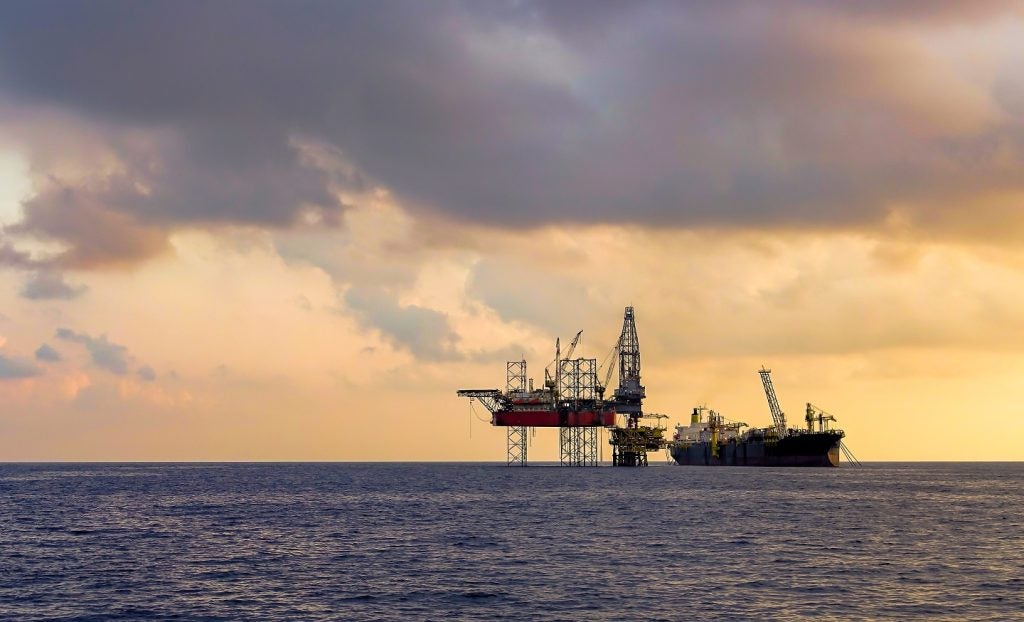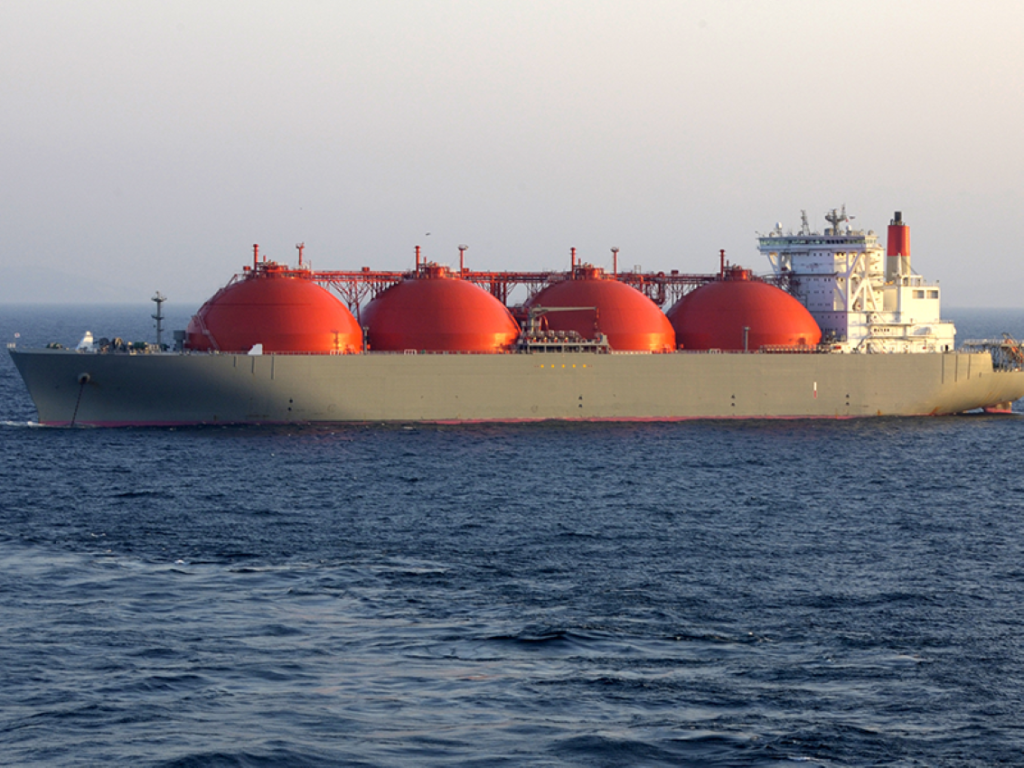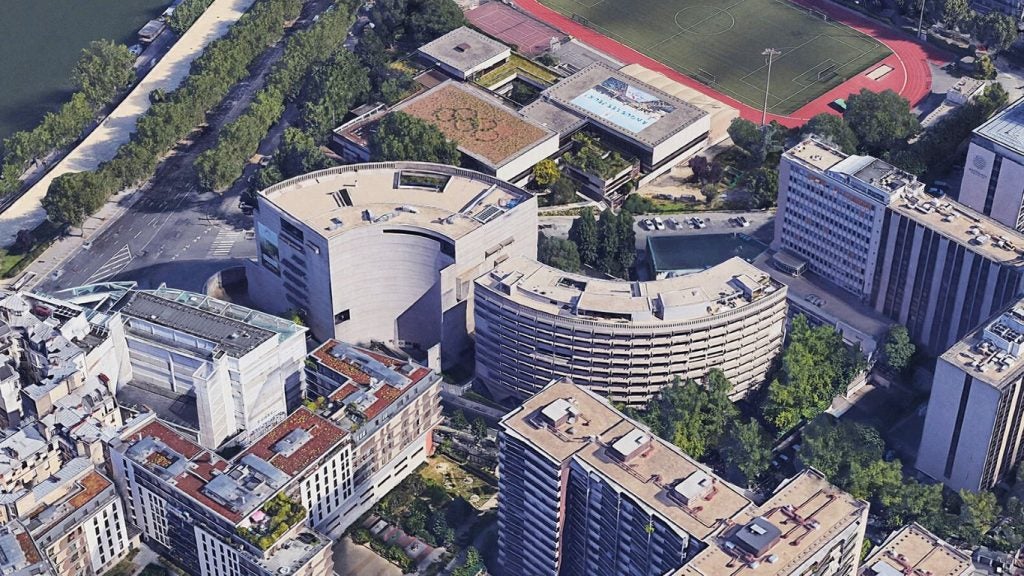BP has added the core-flood robot system to its programme of enhanced oil recovery (EOR) research facilities.
Coreflooding technique, which identifies and evaluates EOR technologies, determines the effectiveness of water or gas infused into an oil-bearing rock sample to displace oil.
The potential for water flooding in an oil field can be assessed using the technique.
The complete automation and work-flow optimisation in the new system enables several coreflood tests to be undertaken every year.
The core-flood robot system improves BP’s ability to estimate a continuous stream of new EOR technologies, reducing the time spent on the development of new technologies by about 50%.
See Also:
The team that developed the LoSal EOR, BP’s reduced salinity water-flooding technology, will operate the core-flood robot.
How well do you really know your competitors?
Access the most comprehensive Company Profiles on the market, powered by GlobalData. Save hours of research. Gain competitive edge.

Thank you!
Your download email will arrive shortly
Not ready to buy yet? Download a free sample
We are confident about the unique quality of our Company Profiles. However, we want you to make the most beneficial decision for your business, so we offer a free sample that you can download by submitting the below form
By GlobalDataThe team carried out more than 45 core flood tests in validating the LoSal EOR effect, prior to field trials in Alaska.
BP and its partners are currently installing the full scale technology on the Clair Ridge project in the North Sea.
BP head of upstream technology Ahmed Hashmi said: "The EOR technologies being developed by BP are vitally important to help increase global oil supplies.
"We believe this step-change in our core-flooding capability will hugely improve the speed and efficiency with which we can deploy new technologies to recover more oil from reservoirs."
BP, which delivers more than 10% of the global light-oil EOR production, said it anticipates its next-generation Designer Water technologies to progress to field trials in less than half the time of the LoSal EOR.


.gif)




